Clipart tagged: ‘Asian birds’
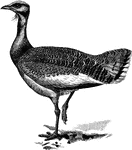
Great Bustard
"The Otis Tarda, the Great Bustard, which, as a native only became extinct in Norfolk about 1838, used…
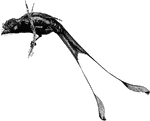
Drongo
"Dissemurus paradiseus, the Drongo, both sexes are typically black, with metallic gloss of blue, purple,…

Spoonbill Standing on One Leg
"Platalea leucorodia, the Spoonbill, has white plumage, with bare lores, orbits, and throat, and a fine…
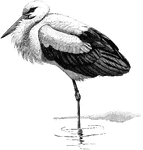
White Stork
"Ciconia ciconia, the White Stork, ...is white with black wings and orbits, red bill and feet." A. H.…
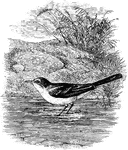
Yellow Wagtail
"Motacilla raii, the Yellow Wagtails, are generally black and white, grey and white, grey with a yellow…
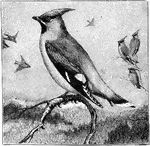
One Waxwing Sitting on a Branch in the Forefront with Three Waxwings Sitting on Branches and Four Flying Around in the Background
"Both sexes of our irregular winter-visitor the Waxwing (Ampelis garrulus) are silky greyish-brown,…